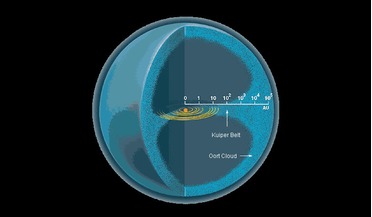 03 February 2017
Astronomers spot a possible dwarf planet on the edges of the Solar System
03 February 2017
Astronomers spot a possible dwarf planet on the edges of the Solar System
... trans-Neptunian object (TNO) – most likely a dwarf planet – at the edges of the Solar System, making it...name is 2014 UZ224), DeeDee is surpassed in distance only by the dwarf planet Eris – the ninth-most-massive known body directly orbiting the Sun. ...
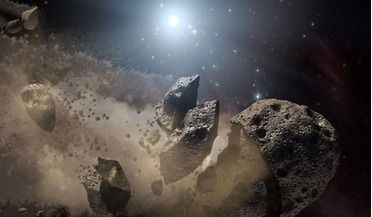 04 July 2018
Majority of asteroids come from a handful of ancient planets
04 July 2018
Majority of asteroids come from a handful of ancient planets
... asteroid belt originate from just five or six ancient infantile planets that never made it to adulthood. Asteroids, it turns out...scientists to understand the materials that shaped our own rocky planet, but it could be hugely beneficial in helping to ...
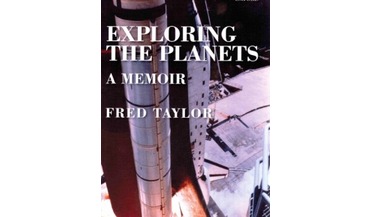 26 February 2018
Exploring the Planets – A Memoir
26 February 2018
Exploring the Planets – A Memoir
...was the first piece of British hardware to be sent to another planet, a “remarkable achievement”, says Taylor “that remains uncelebrated to ... realised he’d been involved with probes to all of the planets out to Saturn, with the Moon and a comet thrown...
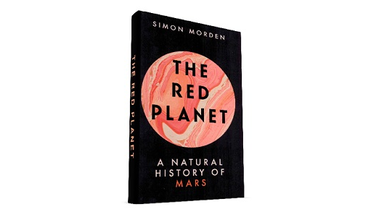 20 May 2022
The Red Planet a natural history of Mars
20 May 2022
The Red Planet a natural history of Mars
...is divided into seven parts that introduce the red planet, describe its formation and detail the three time periods... (Noachian, Hesperian and Amazonian) that characterise the planet’s development. There is also a bibliography and an index....
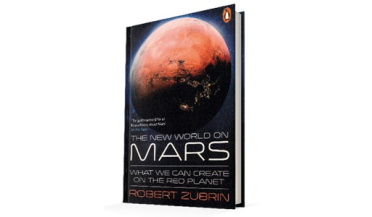 01 April 2025
The New World on Mars - What we can Create on the Red Planet
01 April 2025
The New World on Mars - What we can Create on the Red Planet
... to most spacers for his 1996 book The Case for Mars, a master plan to colonise the Red Planet. Here, he builds on that vision to detail how “populous Martian city-states will emerge”, how their populations...
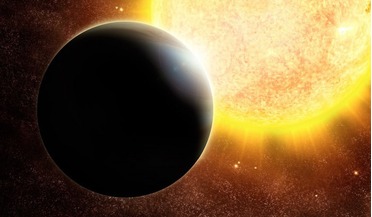 February 2016
How to Build Planets
February 2016
How to Build Planets
... dust traps (or vortices) that could play an important role in the formation of planetesimals and planets at large radii. Building planets The building blocks of planet formation start with tiny dust grains, that include components such as graphite...